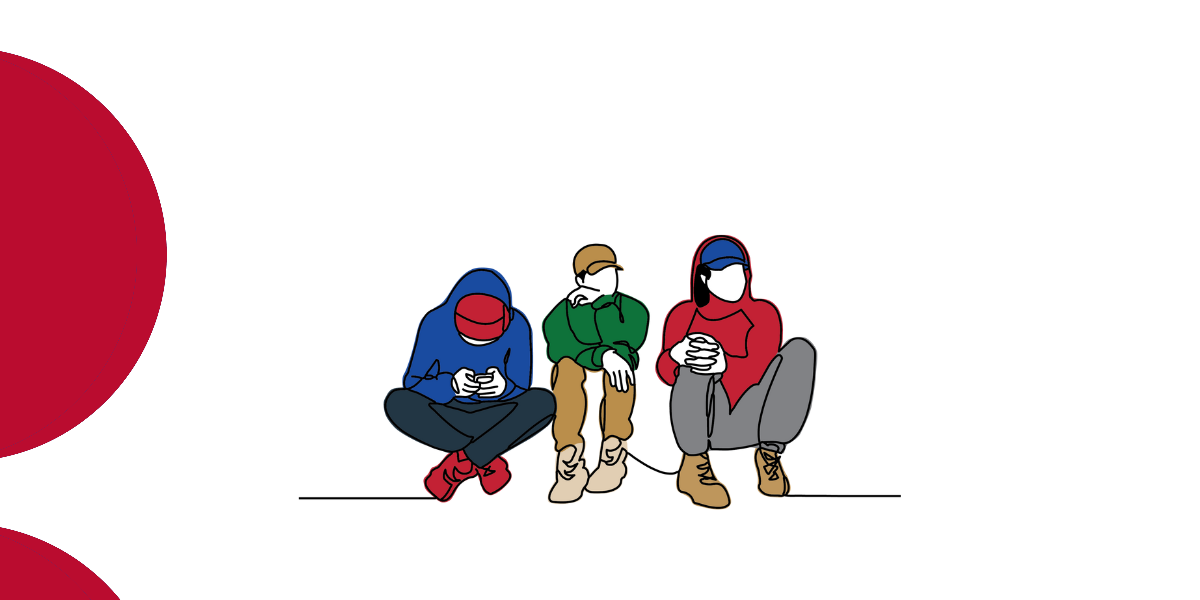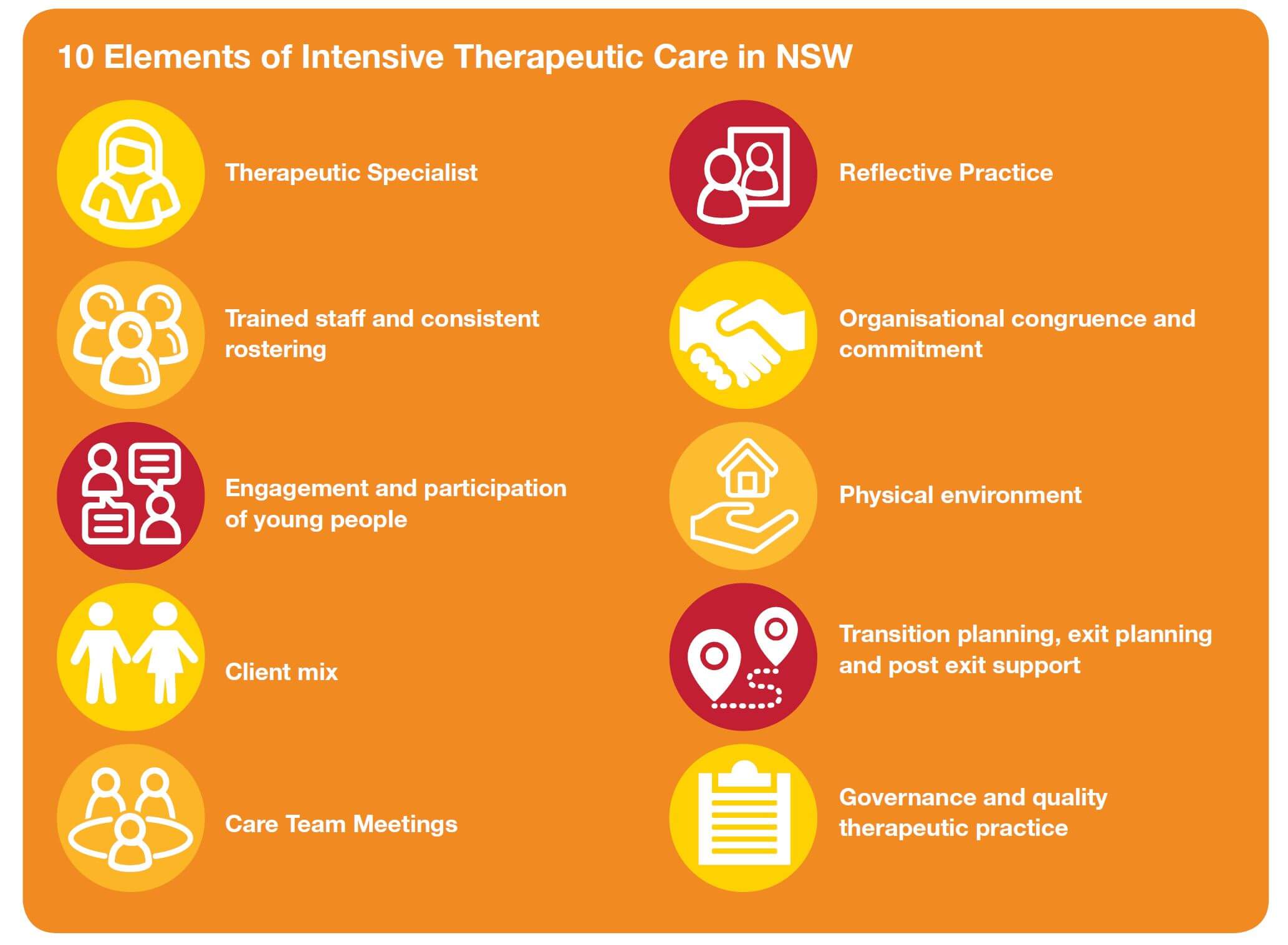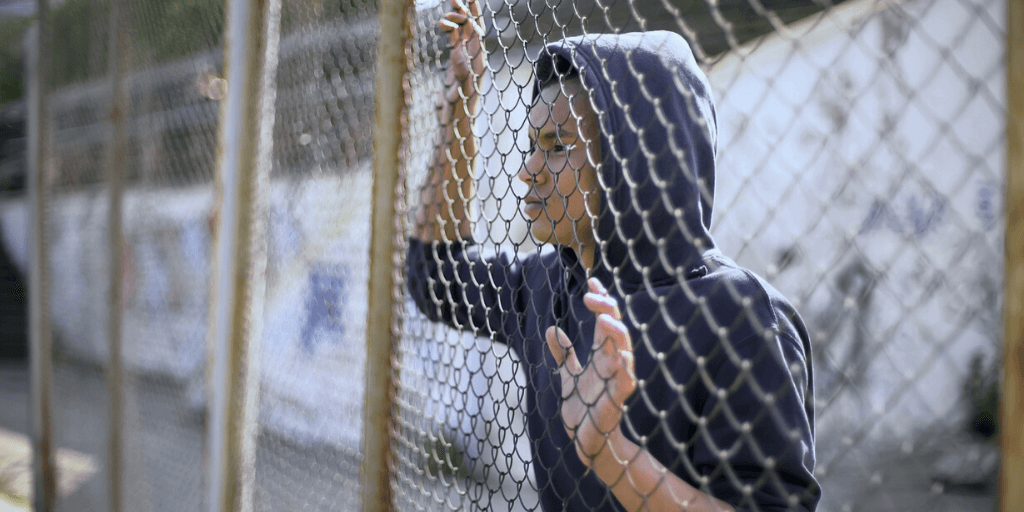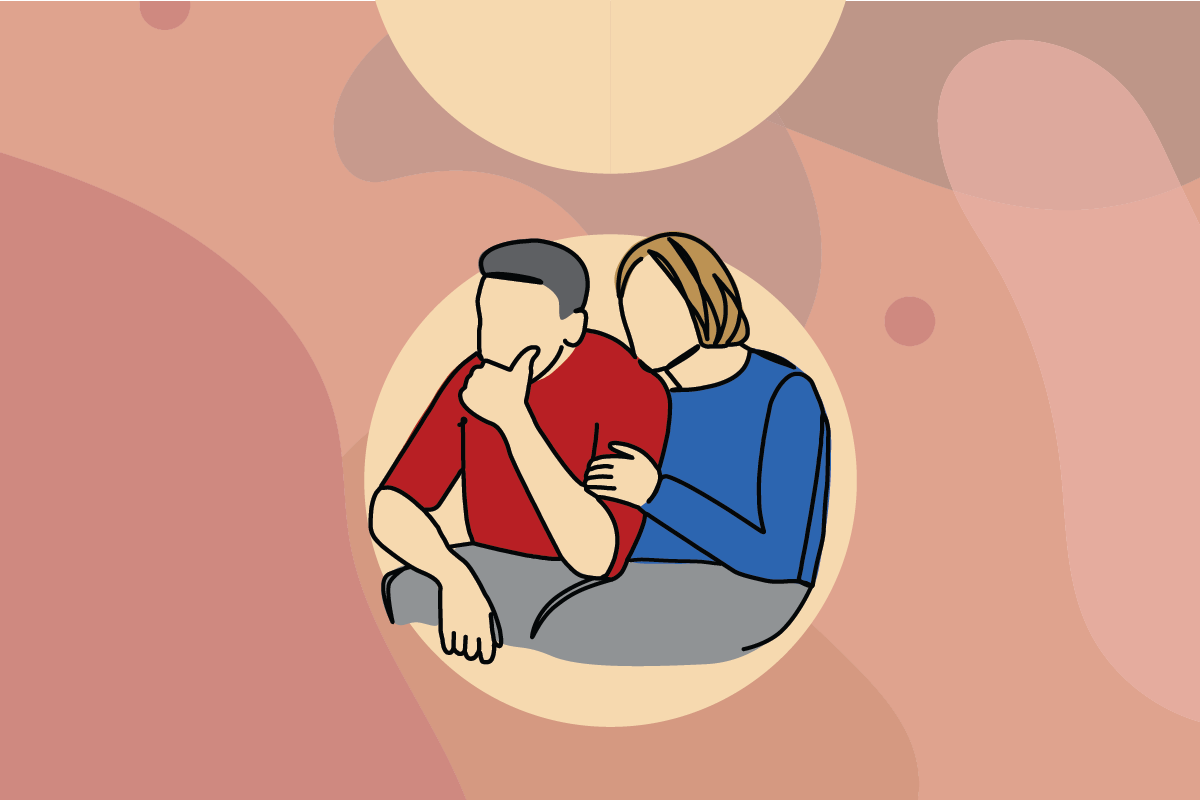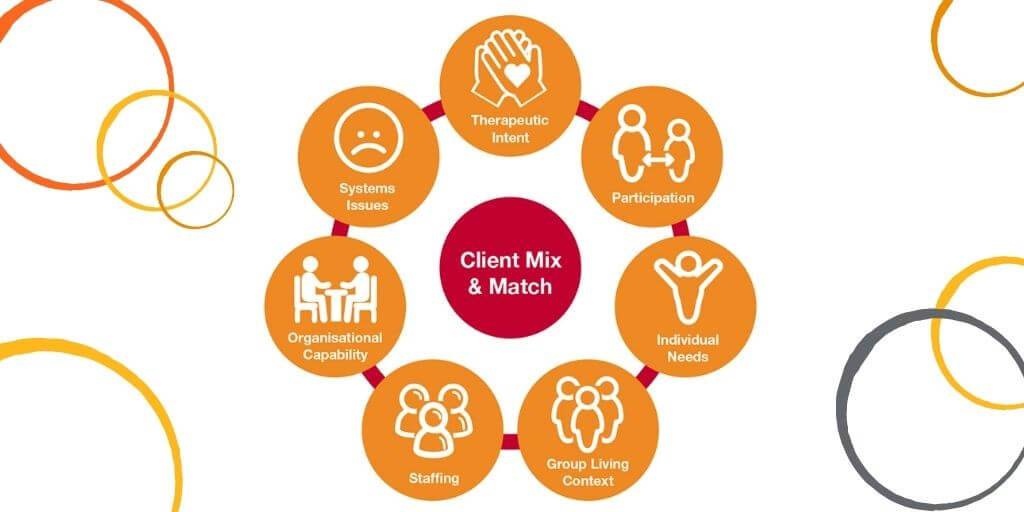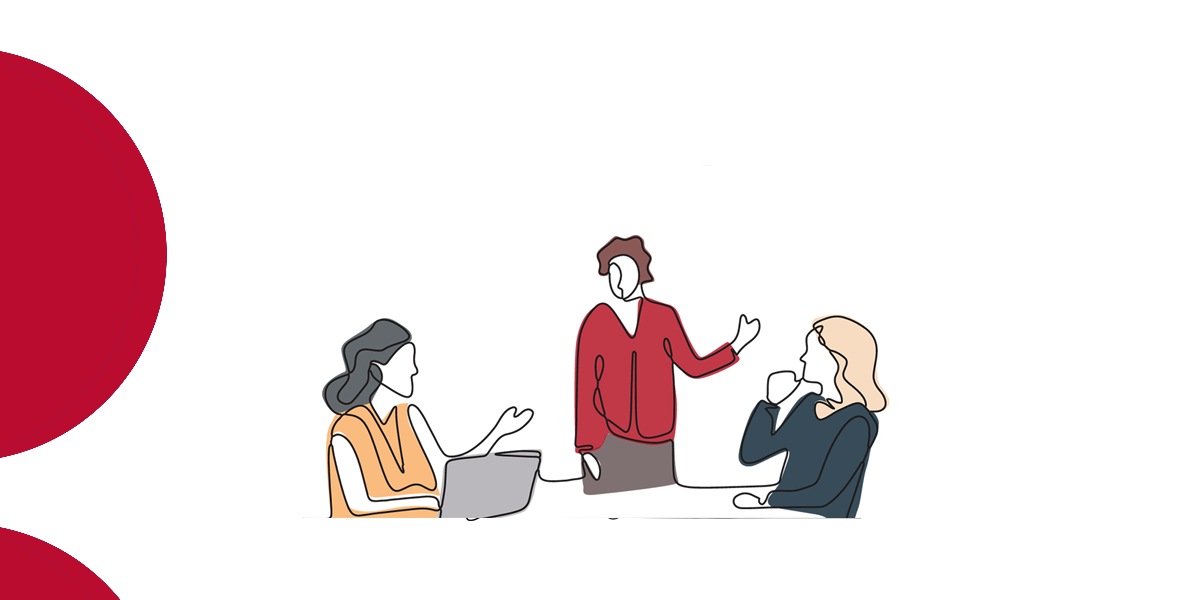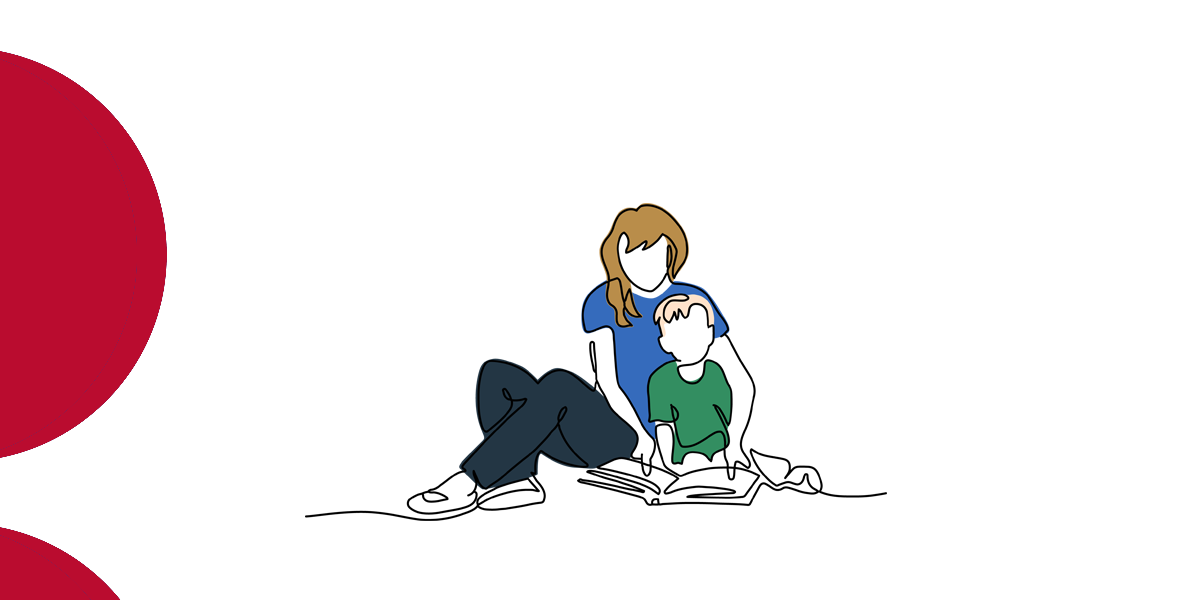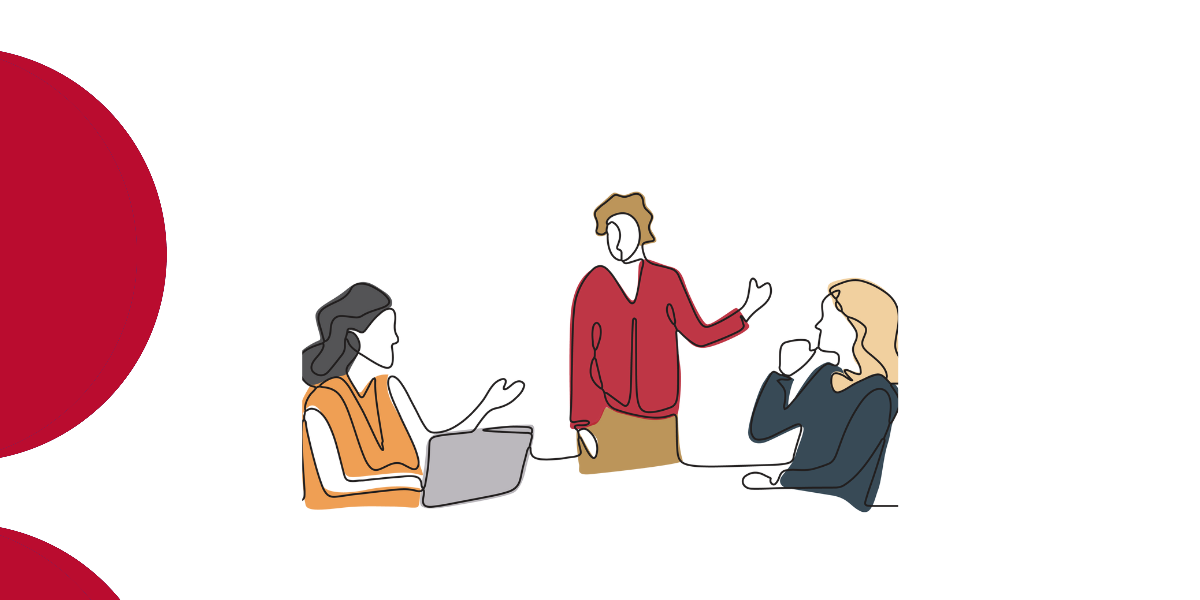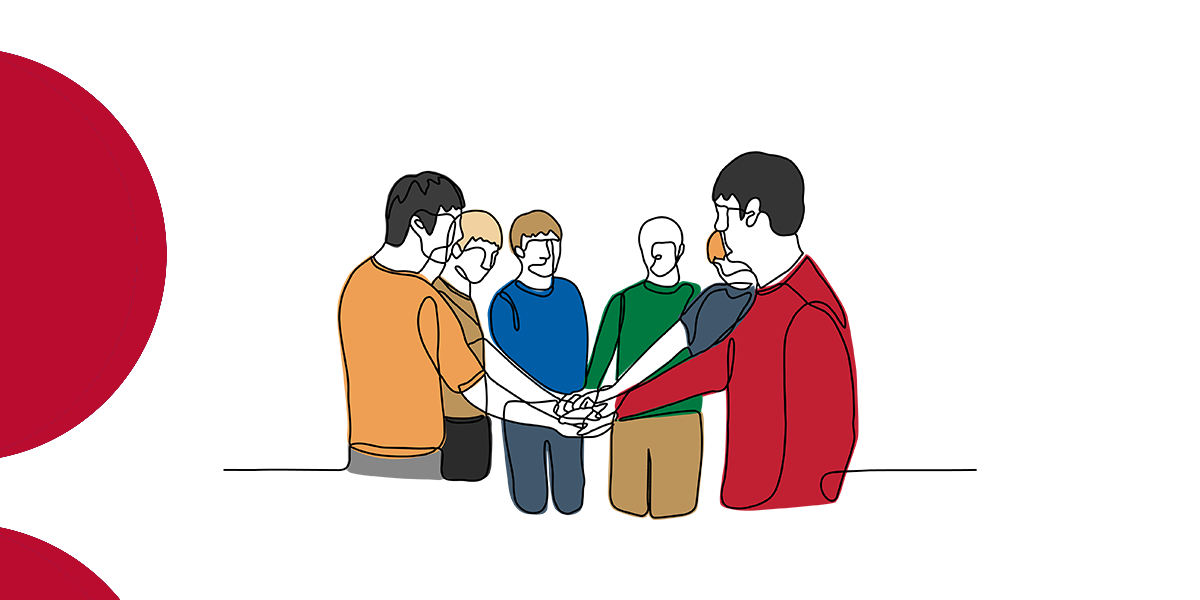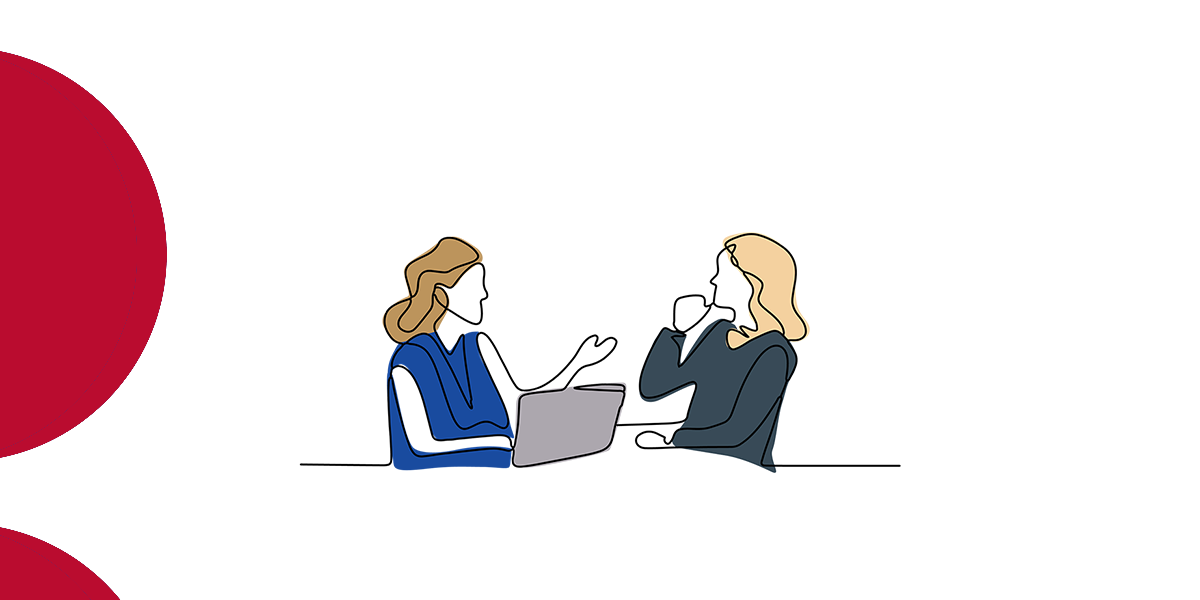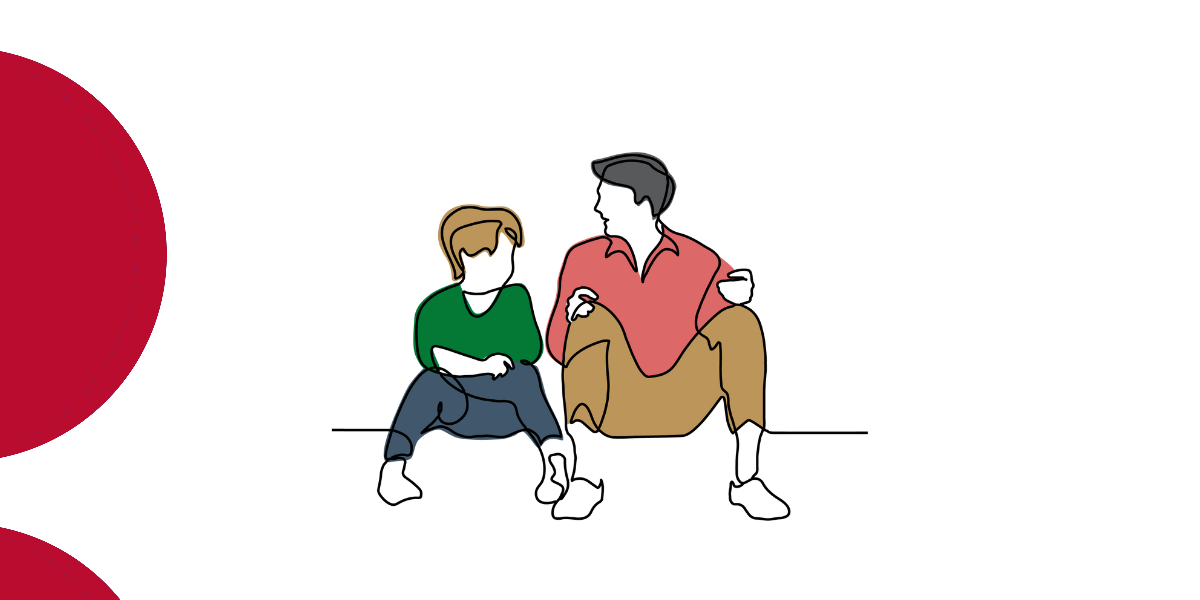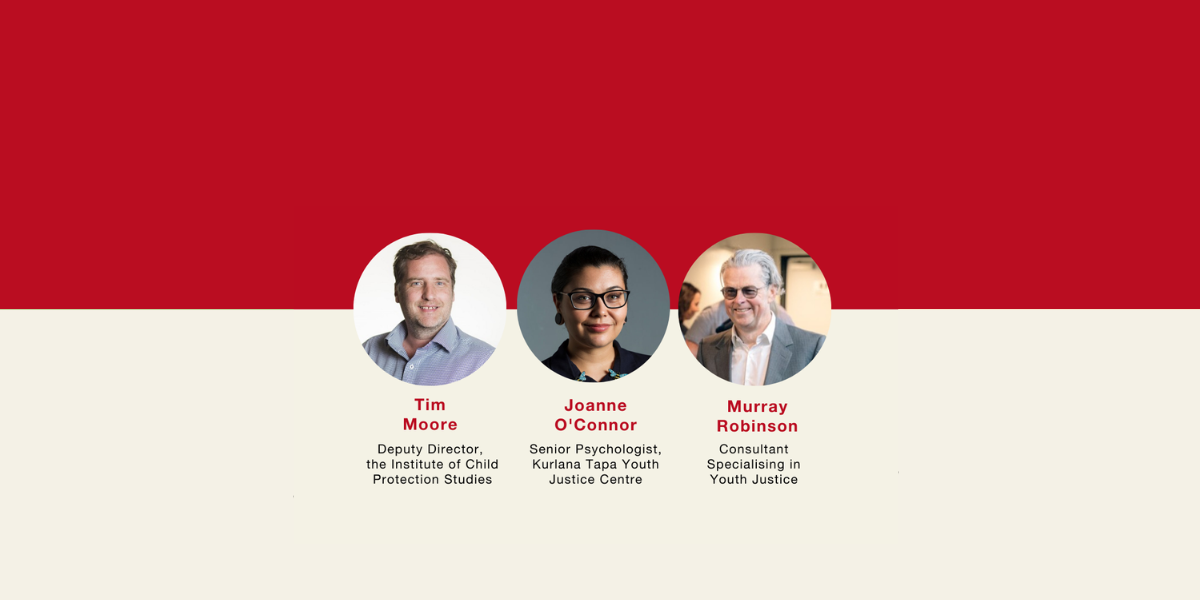When systems designed to protect do harm
Mar 2024
Written by Belinda Lorek
What comes to mind when you think about the child protection or youth justice system?
Protection and safeguarding? Rehabilitation? Trauma-informed care?
These two complex and often interacting systems are intended to keep children, young people, families, and communities safe, and provide environments that care.
We know that most people who work in these systems do so because they care. They have chosen to take on roles to make a difference. However, systems do not always provide the resources, flexibility, interactions, structures, legislation or procedures that enable them to do the work safely and effectively.
It is now recognised across Australia[1] that there is a clear relationship between involvement with the child protection system and subsequent contact with the youth justice system. We sometimes refer to children involved in both systems as “cross-over” or “dual-involved”.
Dr Claire Paterson-Smith, Dr Tatiana Corrales, and Dr Patricia McNamara last week presented their preliminary findings on their important, if troubling, research: The criminalisation of children in care in England/Wales, New South Wales and Victoria. These early findings highlight the interactions between the out-of-home care and youth justice systems, including the criminalisation of children that can occur when these systems don’t work effectively together (or apart). This system failure that impacts negatively or harms people is also known as systems abuse. Children who are cross-over or dual-involved are at risk of systems abuse.

What is systems abuse?
Systems abuse has been defined as “preventable harm (that) is done to children in the context of policies or programs which are designed to provide care or protection” and which undermines the child’s welfare, development, or security[2]. Systems abuse can stem from service design, procedures, organisational norms or rules, training, the application of protocols, or deviation from agreed policies that cause harm to the people they were intended to protect. Systems abuse is also “evident in institutional response to children who display behaviour which may have constituted a survival strategy in their previous placements, but which is deemed unacceptable or challenging in the care setting”[3].
Unfortunately, we know that while these two systems were designed to create safety and provide care, they are under increasing pressure, which is impacting the children at the centre of their focus.
During the webinar, the research team presented some of the practices and system approaches that have the potential to constitute cumulative systemic abuse for dual-involved children and young people in child protection and youth justice. These include:
- Serious rights violations and practices that result in keeping a child in custody on remand due to a lack of suitable placement.
- The ongoing arrests of children in residential care for minor matters, that would not warrant arrest if they were residing in a family home.
- Information-sharing practices that do not promote collaboration or allow children access to their own information.
- The government policies that enable the arrest and prosecution of young people who are away from placement but found in situations that would suggest they are currently victims/survivors of serious and criminal exploitation by adults.
- Shifting or unclear responsibilities for care planning between child protection and youth justice during children’s custodial admissions.
- Resource limitations and procedures that guide placement matching and transitions between placements that are not in the child’s best interest and place them at increased risk of arrest.
Systems abuse in Australia
This current research unfortunately is not the sole voice, raising concerns about systemic practices, abuse, and failure in Australia in the out-of-home care and youth justice systems. The past ten years have brought to our attention unforgettable and harrowing stories from children, young people, and adults about how systems have failed them at their most vulnerable time.
The release of the Disability Royal Commission Report in late 2023 highlighted the “criminalisation of disability” in systemic policing and youth detention practices, including the excessive use of isolation in response to behaviours related to disability, and inappropriate cells that ignored children’s sensory needs.
The Royal Commission into Institutional Responses to Child Sexual Abuse highlighted systemic abuse that caused victims and survivors additional trauma, on top of the trauma they had already experienced. Instead of their disclosures being believed and supported in system processes, they were subject to systemic investigations and complaint processes that made them feel that they were not believed, and alone.
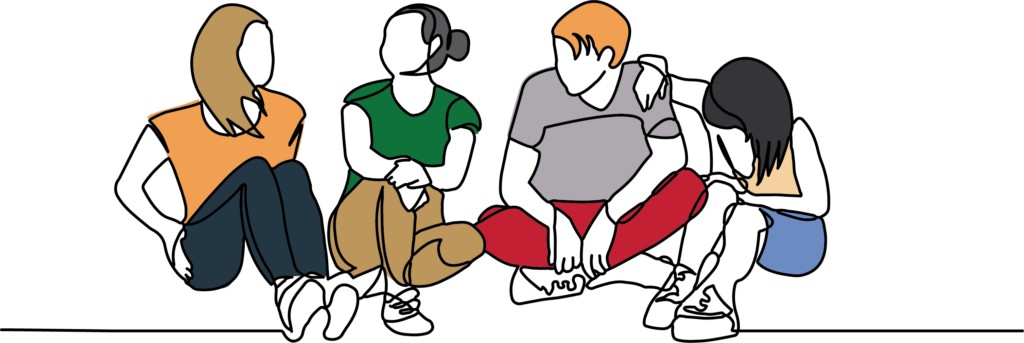
Ideas for positive systemic change
As professionals and those working in the field, we can sometimes feel frustrated by the systems that we work in. They don’t make sense, can stifle our advocacy, and seem to be focused on issues that dominate, taking over our focus which should be the child.
During the webinar, the research team identified several areas where systemic change can occur, to prevent systems abuse and failure in out-of-home care and youth justice. These strategies give us hope for positive future change:
- Legislative reforms to better protect children and young people, including bail reforms.
- Improving collaboration and communication between statutory and community services.
- Greater accountability and transparency of child protection as the legal guardians of children.
- The development of courts that consider the needs of First Nations young people, their community, and culture.
- The need for trauma-informed systems that work together, rather than services working in silos.
- Greater focus on diversion away from the justice system, to avoid that first contact which often leads to future contact.
- Court reports and sentencing submissions that highlight and explain behavioural presentations related to trauma.
- Raising the age of criminal responsibility to better reflect the developmental needs and capabilities of children.
- The development of across-sector protocols that reduce the criminalisation of children in out-of-home care.
- Increasing options for therapeutic residential care in Australia.
What about my workplace?
We must all reflect on how the systems we work in are, or are not, upholding the rights and safeguarding the children and young people who need protection. While systems can be large, overwhelming, and overpowering, we can create awareness and promote change. In our day-to-day practice we can:
- Continue our ongoing advocacy to make sure policies, procedures, and decision making are fair, trauma informed, safe, and collaborative. This is important when many young people in out-of-home care do not have existing natural advocates in their lives.
- Review our service purpose, our “why”, how we are achieving this, and what systems and practices might be getting in the way.
- Being creative in our service responses to children who might be impacted or disadvantaged by systems or falling through the gaps.
- Educate young people about having a voice or raising concerns and their right to make complaints or seek information if things don’t seem just.
- Being accountable and transparent in our decisions.
- Voicing ideas or initiatives that place young people at the centre of what we do at every opportunity. This may include changes to the legislation, opportunities to comment on reforms, or reviewing policies and procedures at a local level.
We look forward to the release of the research later this year and thank the research team for shining a light on these two systems that are at the heart of our work at the CETC.
You can watch a recording of the webinar below.
Further reading
[1] https://www.aic.gov.au/sites/default/files/2020-05/ti582_crossover_kids-v2.pdf
[2] Gil, K. (1982). Cited in McFarlene, K. (2015). Care-criminalisation: the involvement of children in out of home care in the NSW criminal justice system. 91.
[3] Pollack et al. (2012). Cited in McFarlene, K. (2015). Care-criminalisation: the involvement of children in out of home care in the NSW criminal justice system. 91.
Research Brief: Care criminalisation – issues and current research

